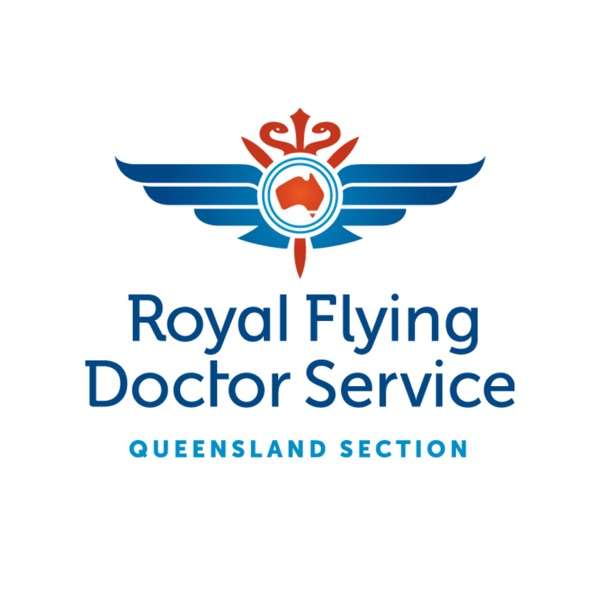RNIB Connect Radio’s Toby Davey is joined again by Vidar Hjardeng MBE, Inclusion and Diversity Consultant for ITV News across England, Wales, Northern Ireland and the Channel Islands for the next of his regular audio described theatre reviews for 2025.
This week Vidar was reviewing the musical ‘Marie & Rosetta’ at the Wolverhampton Grand Theatre which tells the story of the pairing of Sister Rosetta Tharpe and Marie Knight, one of the most remarkable and revolutionary duos in music history with description by professional Audio Describer Sue Reading.
About ‘Marie & Rosetta’
Sister Rosetta Tharpe, the roof-raising ‘godmother of rock ‘n’ roll’, influenced countless musicians from Elvis to Johnny Cash. This sparkling, intimate portrait of Rosetta and her beloved singing partner, Marie Knight, restores these forgotten musical heroines to the spotlight as one of the most remarkable and revolutionary duos in music history.
Mississippi, 1946. Sister Rosetta has changed the face of gospel music with her exuberant, electric guitar-playing style. Shunned by strait-laced church folk for performing in nightclubs and glorying in rhythm and blues, she’s persuaded the saintly young singer Marie to join her on a tour of the segregated southern States. But first she has to convert Marie’s pure Sunday sound into something that has just a little more swing…
Written by George Brant & Directed by Monique Touko
Sister Rosetta Tharpe, the roof-raising ‘godmother of rock ‘n’ roll’, influenced countless musicians from Elvis to Johnny Cash. This sparkling, intimate portrait of Rosetta and her beloved singing partner, Marie Knight, restores these forgotten musical heroines to the spotlight as one of the most remarkable and revolutionary duos in music history.
Featuring a wealth of joyous rock and gospel hits including Didn’t It Rain and Peace in the Valley, the show will feature live musicians accompanying Olivier Award-winning West End star Beverley Knight (Memphis, The Drifters Girl, Sylvia, Sister Act) as Rosetta Tharpe. Joining Beverley Knight is Ntombizodwa Ndlovu (Cat On a Hot Tin Roof, The Space Between Us, Mixtape, Nothing, and The Mountain Top – Royal Exchange Theatre), an up-and-coming talent making her London stage debut as Marie Knight, Rosetta’s protege and musical partner.
‘Marie & Rosetta’ will be at Chichester Festival Theatre from mid June to mid July and more details can be found by visiting -
https://www.cft.org.ukFor more about access at the Wolverhampton Grand Theatre do visit the access pages of their website -
https://www.grandtheatre.co.uk/access/(Image shows RNIB logo. 'RNIB' written in black capital letters over a white background and underlined with a bold pink line, with the words 'See differently' underneath)

 Our TOPPODCAST Picks
Our TOPPODCAST Picks  Stay Connected
Stay Connected







